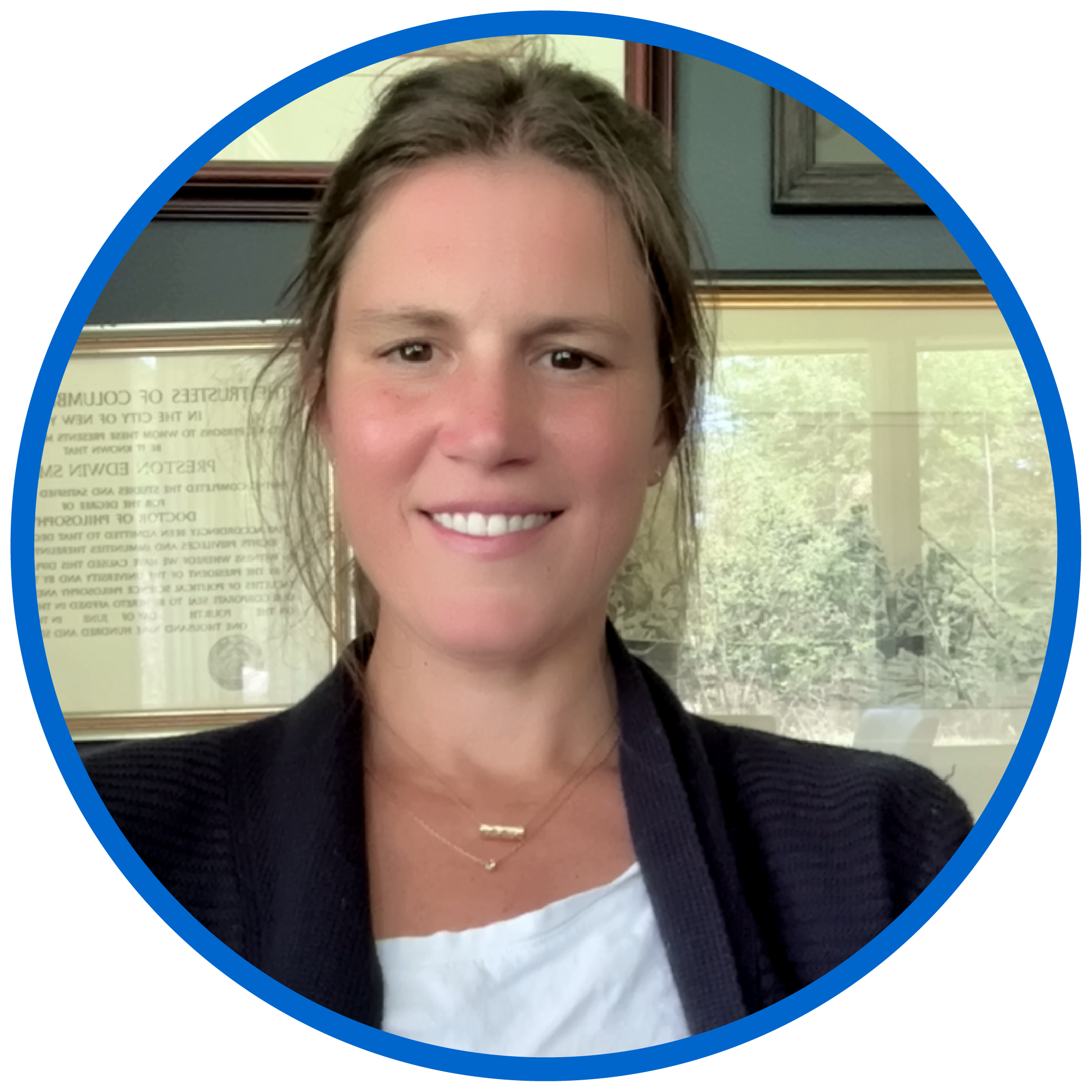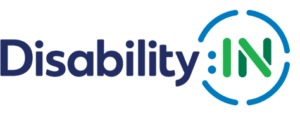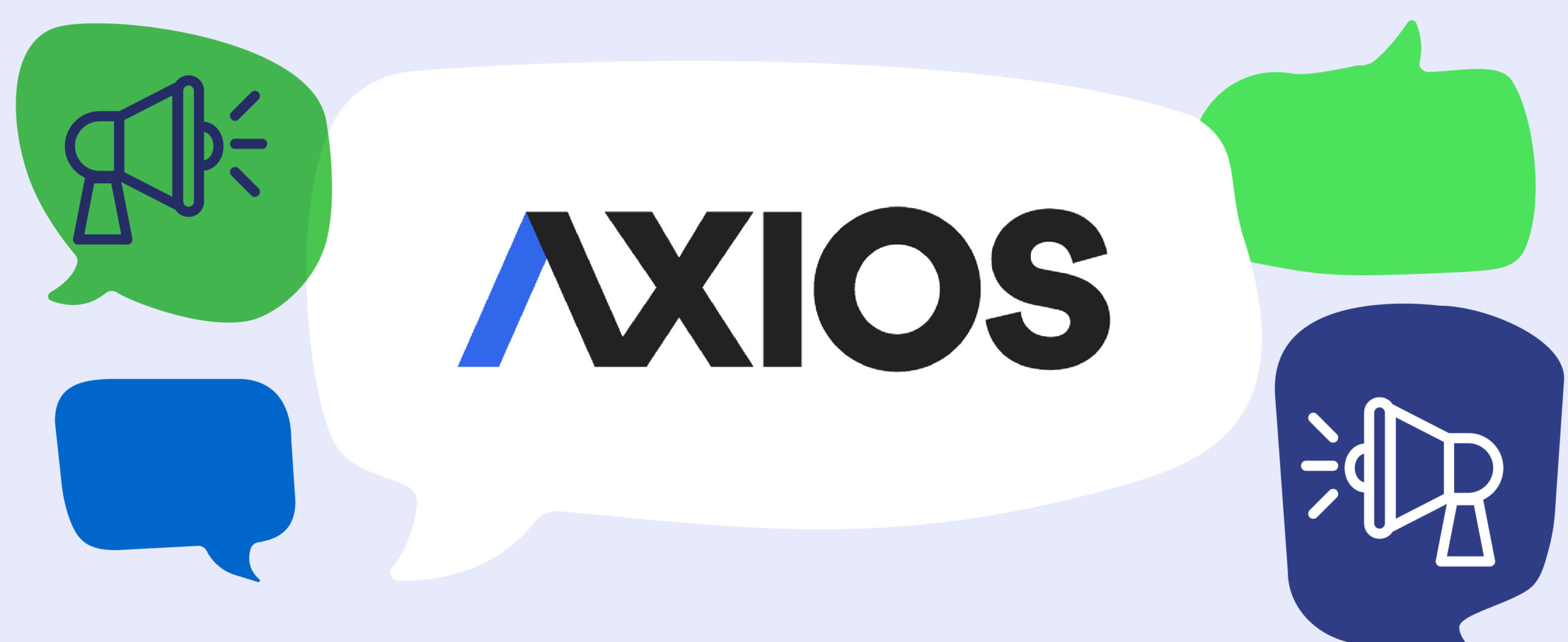
Reid Jewett Smith, Ph.D.
Director of Research
For me, researching self identification was more than a problem-driven academic exercise; this project led me down an introspective and metacognitive path that placed me squarely in the middle of the subject. Here, I can’t help but think about The Magic School bus, when the quirky Ms. Frizzle miniaturizes her bus full of learners and lands in the middle of an organism to gain a rich understanding of scientific processes from the inside out. Here’s why.
I spent the first thirty six years of my life managing a degenerative, genetic chronic disease called Cystic Fibrosis (CF). CF adversely affects my respiratory and digestive systems and, in time, leads to respiratory failure, transplantation, and early death. To regulate symptoms and fight infections, I rely on fistfuls of artificial digestive enzymes, frequent IV antibiotics, lengthy hospital stays, and time-consuming respiratory therapies. These constant interventions have affected my life as a working adult, but I never disclosed my disease to employers until I was too sick to hide it.
Still, it never occurred to me that I was a person with a disability. Even as I relied on disability-related leave and insurance programs, I did not see myself as a person with a disability. Most of the time, CF is invisible to others; this allowed me to disclose selectively and compartmentalize my disease. If I had been asked to self identify, ignorance would have led me to answer “no.”
Over the last year, I’ve come to see myself as a person with a disability. I realize now this is not a new understanding, just a new label. ‘Disability’ is a catchall for understanding how adversity has made me resilient, determined, focused, calm, and empathic. ‘Disability’ encapsulates the traits that I recognize in my colleagues at Disability:IN – alternative ways of seeing systems, keenness for troubleshooting common problems, readiness to work across difference, respect for everyone’s circumstances.
It didn’t take much for me to embrace my disability identity. Simply learning about the existence of a community that celebrates the unique strengths of people with disabilities was all I needed to see myself – or self identify – as a person with a disability. Now I proudly share my disability status, knowing that I’ve gained an affirming, multidimensional, purposeful community of friends, colleagues, mentors, and role models that can help me navigate the complexities of being a working adult with a disability.
Our forthcoming paper, From Compliance to Culture: Reimagining the Role of Self Identification in the Era of Disability Inclusion, provides companies a blueprint to do the same for their employees. The paper contains recommendations around corporate disclosure of disability data, inclusive ways to define disability, and the importance of education in bringing more people to the conversation. The purpose of this project is to recognize and honor the presence and prevalence of disability among us – and I hope this resource can inform companies that want to reach more people like me who are waiting for an invitation, maybe even an awakening, to promote disability inclusion in the workplace.

